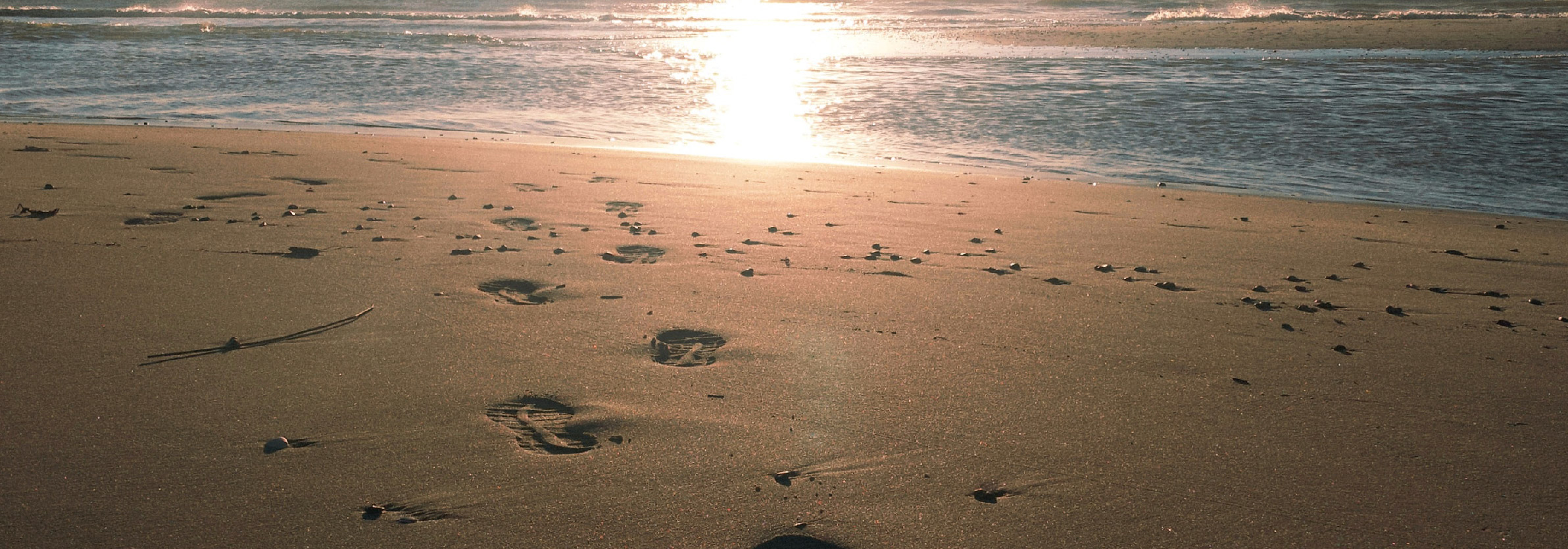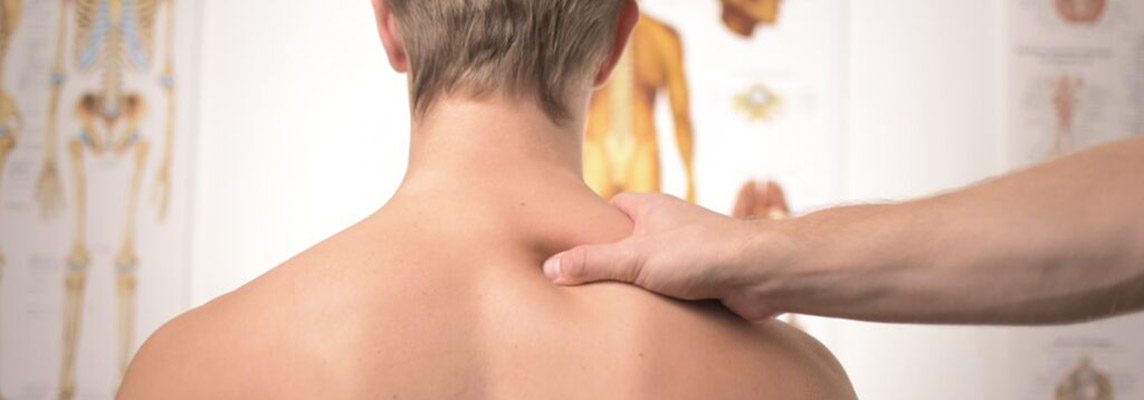It’s Raking Season! How to Get Through It Safely

For many, fall means raking season! While the seemingly endless yard work can feel overwhelming at times, it’s also the perfect opportunity to get outside and get active!
Raking leaves uses muscles in the arms, chest, upper back, lower back, core and even the legs, which makes it an excellent total body activity. It can also be considered a cardiovascular activity because it raises your heart rate – so it’s cardio and strength training all in one!
Don’t skip the warm-up
A proper warm-up increases blood flow to your muscles and joints. This improves flexibility and reduces the risk of injury and stiffness after an activity. Start by walking around the yard a few times to get the blood flowing. Then try the following stretches.
- Shoulder circles
- Arm across chest
- Side bends
- Leg swings to front
- Leg swings to side
Posture is key
Raking can be an activity that involves a lot of repetitive bending and twisting so posture is important.
- Try not to hunch or slouch over.
- Stand up as straight as possible using a wide base of support and hold the rake closer to the end of the pole.
- Use your entire body to move so to avoid twisting from your spine on a repeated basis.
- Wear good shoes to support your feet and ankles to reduce the risk of slipping and twisting your ankle or knee.
Tips to rake by
- Raking leaves can require you to look down at the ground for an extended time, give your neck muscles periodic breaks by looking up and turning your head from side to side.
- When raking, consider changing directions with your arms to ensure a balanced workout and to prevent overworking one side of the body.
- In terms of your lower body, squat a little and stand with your feet hip width apart. Slightly bend your knees and rake small batches of leaves into a pile.
- Take breaks! We tend to fall back on bad habits, such as slouching or bending over when we are tired.
- If you can rake your leaves to the road, go ahead and do it!
- Consider using a wheelbarrow to transport leaves. Even a full wheelbarrow of leaves is more lightweight than carrying a heavy bag of leaves.
- Try to bag and lift leaves when they are dry and not when they’re wet as that will increase the weight.
- Don’t overfill bag so you can be done more quickly. You may end up lifting something that’s too heavy for you.
- Always use good lifting technique: squatting down, using your legs and contracting your core and pelvic floor to lift (vs. using your lower back muscles).
If you have any questions on how to warm up and stretch or if you’re sore after doing these activities, send us a message or book an appointment with us and we can treat you on-site!




